READY TO GET STARTED?
REQUEST A FREE ESTIMATE
Fill out the form below or call (888) 466-7849 for a free, no-obligation estimate.
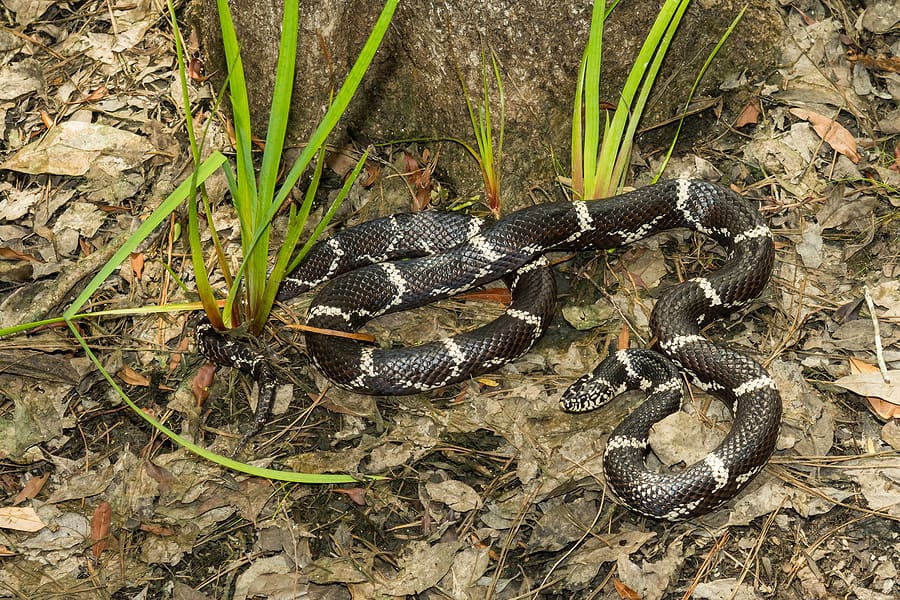
When it comes to living in the beautiful state of Georgia, there’s no denying that the warm climate and lush landscapes come with their fair share of wildlife encounters. One of the most common and, for many, dreaded encounters is with snakes. While Georgia is home to a variety of snake species, understanding snake control, prevention, and removal techniques is essential for safeguarding your property and your loved ones. In this blog post, we’ll explore common snakes in Georgia, when snake season typically occurs, and effective ways to keep these slithering neighbors at bay.
Before delving into snake control methods, let’s familiarize ourselves with some of the common snake species found in Georgia:
Snake season in Georgia typically begins in the spring and lasts through the fall. During this time, snakes become more active as they search for food and suitable breeding grounds. It’s essential to be especially vigilant during these months to reduce the likelihood of unwanted snake encounters.
Now that we’ve discussed common snakes and their active seasons, let’s explore effective snake control and prevention techniques to protect your home and family:
While preventing snake encounters is the first line of defense, it’s also crucial to know how to protect yourself from snake bites:
The importance of effective snake control and removal cannot be stressed enough. While Georgia’s natural beauty and warm climate make it an attractive place to live, it’s essential to be prepared for encounters with snakes. By following these snake control and prevention tips, you can create a safer environment for your family and minimize the chances of unwelcome snake guests. Remember that professional assistance through your local pest control company is just a phone call away if you ever need help with snake removal or control. Stay vigilant, stay safe, and enjoy all that Georgia has to offer!
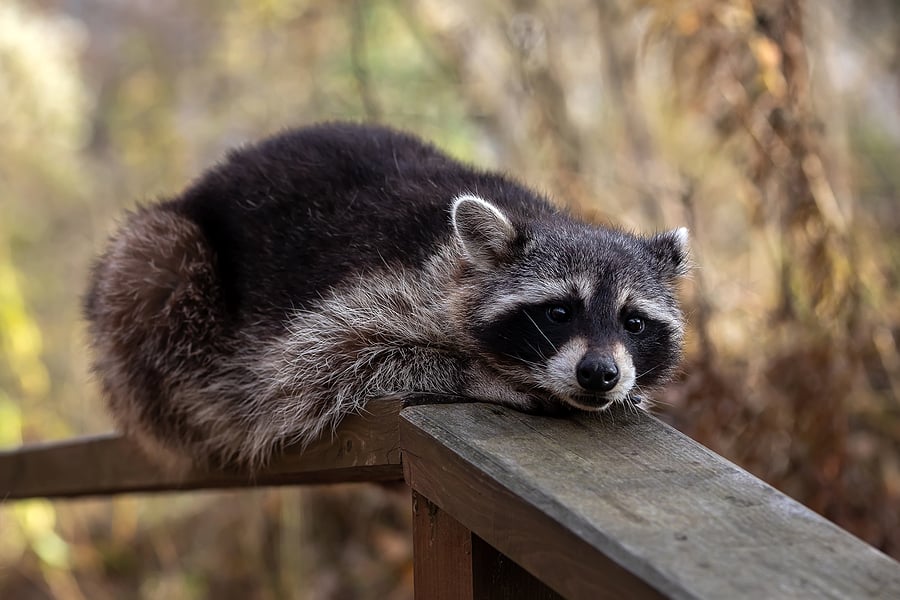
Raccoons are common wildlife found around homes or anywhere they can find an available food source. Although they look cute and cuddly, they are very aggressive when cornered and can cause significant damage to your home and yard.
Raccoons mate in February and March and litters are born 60-70 days after. They have anywhere from 2 to 5 kits per litter. Young raccoons are fully weaned and independent from their mothers in the summer, which is why we often see more of them this time of year. Mother raccoons are finding food and new nesting sites for their newly independent babies.
Raccoons will nest high in trees and are often found in our attics and crawlspaces. They are omnivores and will feed on anything, often raiding our trashcans for a meal. In late summer, they increase their food intake to build up their fat layers for the upcoming winter months.
Raccoons cause damage by upending trashcans and spreading trash across our yards, leaving droppings behind that contaminate our homes, urinating in attics which contaminates insulation and can cause mold, chewing through wires causing fire hazards, and shredding insulation for nests which can lead to costly damages and increased heating and air bills.
You can prevent raccoons by:
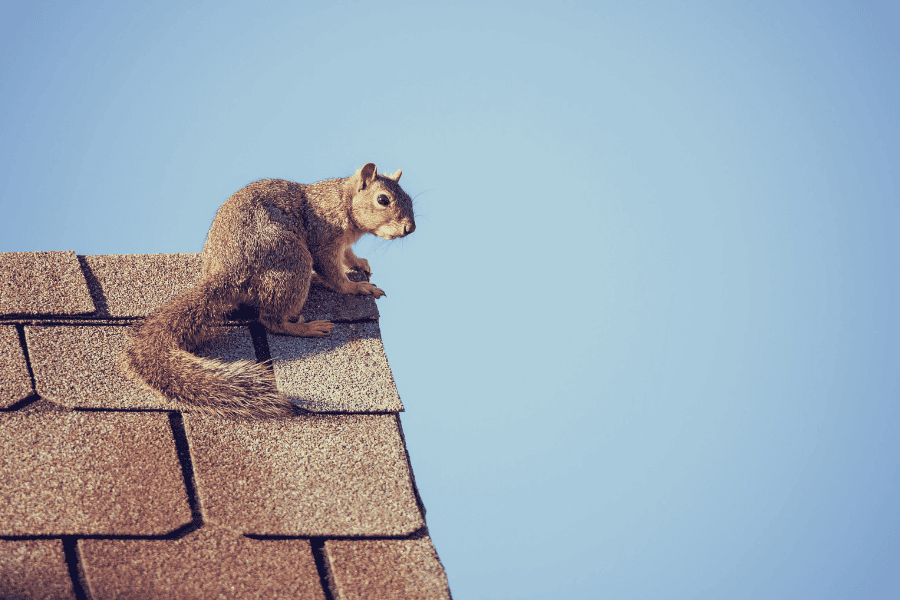
Summer is a time when wildlife is often more active and visible around your home. While it can be exciting to see these animals, it’s important to take precautions to keep them out of your home and prevent any potential damage. Here is the most common summer wildlife you’ll begin seeing soon and some tips on how you can keep these critters away!
Squirrels are a common sight in many neighborhoods during the summer. While they can be fun to watch, they can also cause damage to your home and property.
To prevent squirrels in your attic or crawlspace:
Raccoons are another common summer wildlife that you may find around your home. They can be attracted to garbage cans and compost bins.
To prevent raccoons from being attracted to your property:
Snakes are more active during the summer months and may be found around your home or yard. It’s not often that you’ll see venomous snakes near your property, but there are some that live in Georgia. Just be on the lookout while outside hiking or walking through wooded areas.
To prevent snakes from entering your home:
We hope these tips will help lessen the chances of wildlife finding their way indoors this summer. If you begin to suspect your home might have some uninvited guests, give your local wildlife control company a call today!
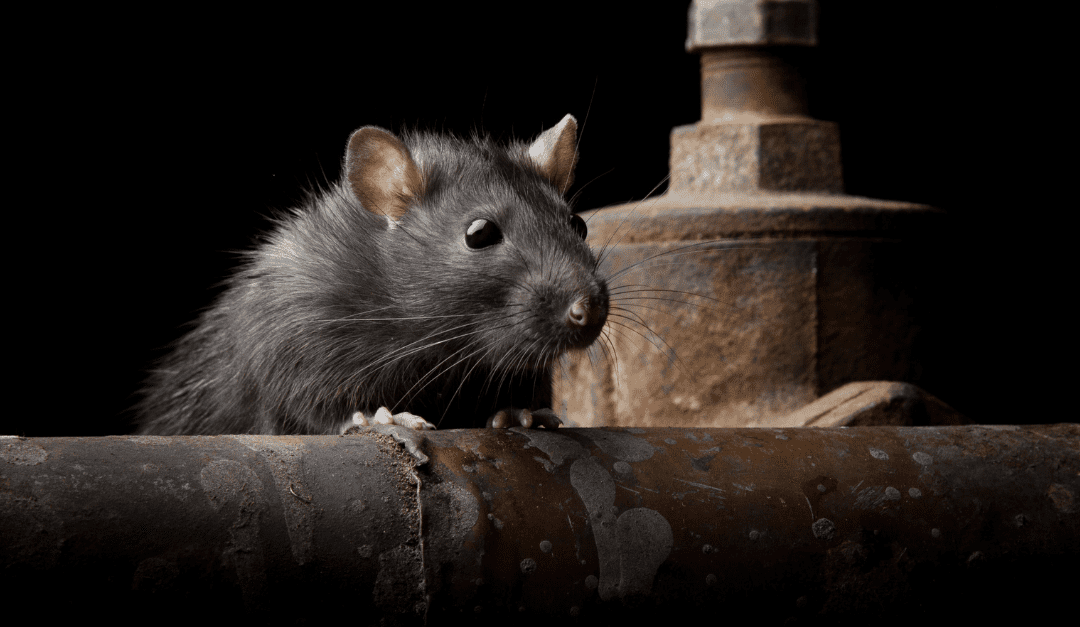
Rodents, such as rats and mice, are common household pests that can cause many problems, from property damage to health issues. In the southern United States, there are several types of rats and mice that are commonly found near homes. Let’s go over the most common types of rats and mice and how to prevent them from invading your home.
Roof rats are also known as black rats and are commonly found in urban and suburban areas. They are about 7-10 inches in length and have pointed snouts, large ears, and long, thin tails. They are excellent climbers and can often be found in attics and trees.
Norway rats are also known as brown rats and are larger than roof rats, measuring 10-12 inches in length. They have blunt snouts, small ears, and short, thick tails. They are burrowers and are often found in basements and crawl spaces.
House mice are small rodents that are about 3-4 inches in length. They have pointed snouts, large ears, and long, thin tails. They are excellent climbers and can often be found in attics and walls.
Deer mice are small rodents that are about 3-4 inches in length. They are brown or gray in color and have large eyes and ears. They are often found in rural areas and can carry hantavirus, a potentially fatal disease.
If you believe you have a rodent infestation, give your local wildlife control company a call to provide a customized plan of action!
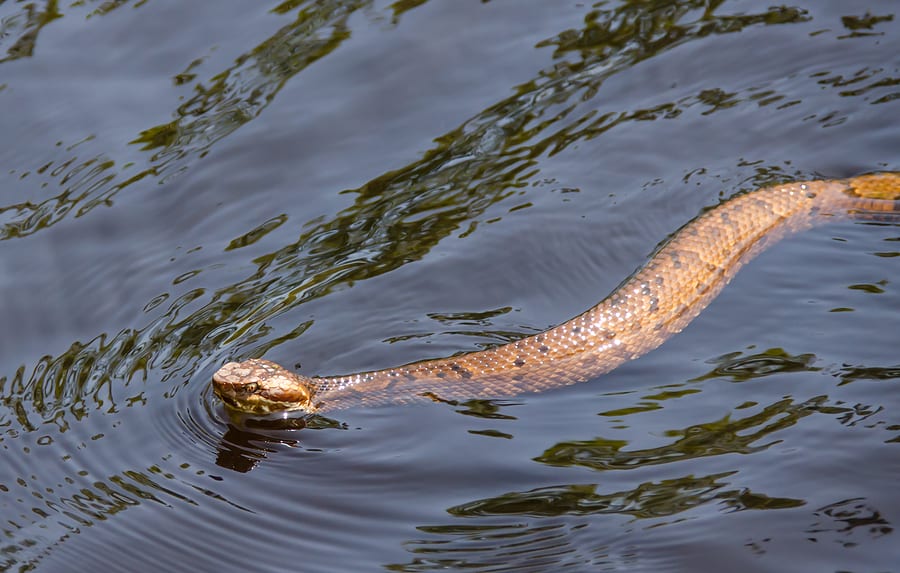
Water moccasins, also known as cottonmouths, are one of 6 venomous snake species found in Georgia. These snakes are often mistaken for non-venomous water snakes (which are illegal to kill in the state of Georgia). Water moccasins are found in most areas of Georgia with the exception of the northern central region. While they often sunbathe on land, logs, or stumps found near water sources, they will also inhabit swamps, backwaters, and slow-moving streams.
Water moccasins are large, heavy bodied snakes with dull colors and rough scales. They have a single row of these scales under their tails (while water snakes have a double row). They also have elliptical eye pupils and heat sensing pits between their eyes and nostrils. Most have banding on their bodies with wider bands on the sides that narrow and taper near the top. These bands look like hourglasses when looking at them from above. They also have a dark stripe that runs from the back of their eye to the corner of their jaw which distinguishes them from water snakes and other species.
When agitated, water moccasins will vibrate their tails (similar to a rattlesnake rattle) and gape their mouths open, exposing the white coloration inside (hence the name cottonmouth). While these snakes have gotten a reputation for being aggressive, they are actually more likely to flee when encountered.
Water moccasins prefer to lay on logs and tree limbs near the water’s edge but will move into the water, as well. They can open their mouths and bite underwater, often hunting for frogs while swimming. The way they swim is also a distinguishing factor for these snakes. Water moccasins swim with their bodies riding on the surface of the water and their heads elevated above the water. They don’t typically submerge underwater, although they can. Water snakes will dive underwater when fleeing from a disturbance.
If you encounter a water moccasin in the wild, don’t panic. Stop moving towards them and back away slowly. Steer clear of them as you make your way away from them. Don’t ever attempt to kill or move a venomous snake on your own. If one makes its way into your home, call a professional wildlife control company for proper snake removal and relocation.
To keep water moccasins from lurking around your home, minimize stacks of wood near your house, get rid of standing water, bush piles, and any other moisture prone cover they can use. They also love to eat frogs so keep populations of these reduced around your property. They love wet hiding places with decaying plants or wood. Keep your home and yard clear and dry.
If you have a problem with snakes, contact your local pest control company for assistance.
How to Enjoy a Bed Bug Free Vacation
How to Handle a Termite Infestation